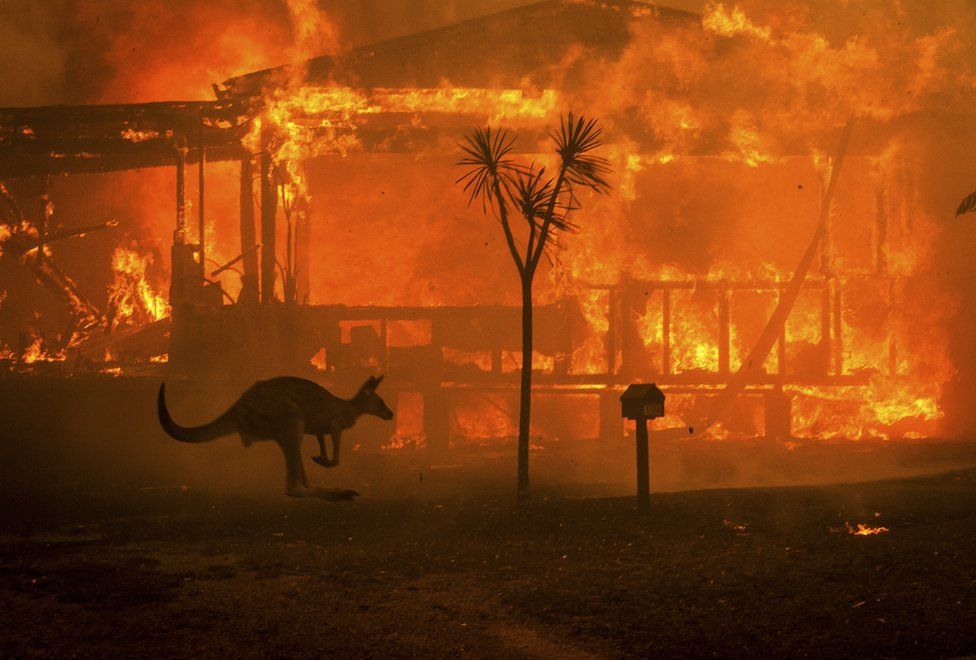Proactive Residential Property Protection: Leveraging the Insights of a BAL Report
Proactive Residential Property Protection: Leveraging the Insights of a BAL Report
Blog Article
How BAL Record Impacts Bush Fire Defense Actions
In the world of bush fire defense, the Structure Attack Degree (BAL) report stands as an important device that dramatically affects the safety and security and resilience of properties in fire-prone locations - BAL Report. The impact of a BAL analysis expands much past plain paperwork; it offers as the foundation for determining the suitable construction standards and fire protection steps required to mitigate the risks posed by bushfires. As neighborhoods face progressively serious fire periods, understanding exactly how the BAL report forms these protective steps ends up being extremely important for home owners, policymakers, and building contractors alike
Recognizing the Bushfire Strike Degree

Value of BAL Report Evaluation

Additionally, the BAL record analysis serves as a foundational action in adhering to legal obligations and needs connected to bushfire defense. Local councils and authorities commonly mandate the entry of a BAL record as part of the planning and structure authorization process to guarantee that homes are properly secured versus bushfire risks. Failing to conduct a complete BAL report assessment can result in poor security actions, leaving buildings at risk to ravaging bushfire incidents.
Building Specifications Based Upon BAL
An extensive understanding of the Bushfire Assault Level (BAL) allows homeowner to execute construction standards customized to their specific risk profile. Building standards based upon BAL are important in alleviating the influence of bushfires on properties. The BAL score classifies the prospective threat a property encounters throughout a bushfire on a scale from BAL-Low to BAL-FZ (Flame Zone) Each BAL level matches to particular building and construction requirements described in the Australian Conventional AS3959-2018 Building of Buildings in Bushfire-Prone Areas. For circumstances, homes categorized as BAL-Low might only require fundamental steps such as clearing debris and keeping gardens, while those in higher BAL classifications require even more durable procedures like coal displays, fireproof materials, and secured windows. Adhering to these building requirements not only boosts the structural strength of the property but likewise enhances the overall safety and security of locals during a bushfire occasion. Consequently, look at this site homeowner should carefully consider their BAL score and abide by the corresponding construction criteria to sufficiently secure their homes and residents.
Executing Fire Security Measures
With the foundation of building criteria based on Bushfire Attack Degree (BAL) in place, the focus currently shifts in the direction of the useful application of fire security steps to fortify residential or commercial properties against bushfire risks. Implementing fire security actions entails a mix of passive and energetic techniques to improve the strength of buildings in bushfire-prone areas. Passive actions include making use of fire-resistant building materials, setting up cinder guards on vents, securing voids in wall surfaces and roof coverings, and maintaining a clear area around the property complimentary from combustible plants. Energetic actions encompass having firefighting equipment conveniently offered, such as hose pipes and water pumps, as well as producing a defendable area around the residential or commercial property by getting rid of vegetation and having a properly maintained garden. Additionally, developing an evacuation strategy and guaranteeing all citizens understand emergency treatments are vital components of effective fire defense measures. By integrating both passive and energetic techniques, homes can considerably decrease their susceptability to bushfire cases and increase the security of passengers.
Shielding Homes Versus Bushfires
Properly guarding homes versus the damaging effects of bushfires calls for a positive and extensive technique to fire defense procedures. Property owners staying in bushfire-prone locations need to prioritize the application of various methods to enhance their property's durability versus wildfires. One essential element is developing a defensible space around the home by keeping a clear area free of flammable products. This consists of frequently trimming plants, eliminating dead plants, and making certain a secure range between trees and frameworks. Installing fireproof roofing products can additionally substantially reduce the risk of ember attacks and direct fire call. In addition, sealing voids and vents to avoid ash intrusion, in addition to integrating fireproof windows and doors, can assist strengthen the home's protection versus bushfires. Buying a reputable water source, such as a well-maintained automatic sprinkler or a specialized water storage tank, is vital for providing water during fire emergencies - BAL Report. By accepting an aggressive stance and incorporating these protective measures, home owners can substantially enhance their opportunities of securing their homes against bushfires.
Final Thought
In conclusion, the Bushfire Attack Level (BAL) report plays an important role in pop over here establishing the essential security procedures against bushfires. Carrying out fire security procedures based on the BAL click over here record is important in protecting residential properties from prospective bushfire threats.
In evaluating bushfire danger to residential or commercial properties, comprehending the Bushfire Attack Degree (BAL) is an important part for applying reliable security measures. On the whole, a clear understanding of the Bushfire Assault Level is important for carrying out appropriate security procedures and mitigating the impact of bushfires on homes.

Report this page